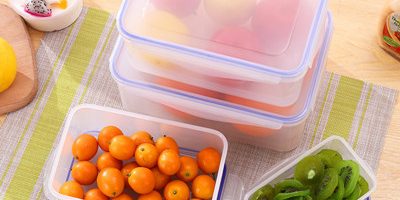As society increasingly values sustainability, the packaging industry has responded with innovative solutions, including sustainable plastic food boxes. Let’s explore how these containers have evolved to address environmental concerns.
- Recyclable and Biodegradable Plastics: Manufacturers are now producing plastic food boxes from recyclable plastics or biodegradable materials. This minimizes waste and reduces the carbon footprint associated with plastic production.
- Closed-Loop Systems: Some companies are implementing closed-loop systems, where plastic food boxes are collected, cleaned, and reused. This model significantly reduces the demand for new plastic production.
- Smart Packaging: Modern plastic food boxes incorporate smart technologies like RFID tags to track freshness, reducing food waste by ensuring timely consumption.
- Minimalist Design: The trend towards minimalist design emphasizes simplicity and reduction of excess materials, resulting in more eco-friendly packaging solutions.
- Hybrid Materials: Innovations involve combining plastics with other materials like natural fibers to create hybrid packaging that is both durable and sustainable.
- Consumer Education: Brands are playing an active role in educating consumers about proper disposal, recycling, and reuse of plastic food boxes, fostering responsible consumption.
By embracing sustainable practices and materials, plastic food boxes are undergoing a transformation that aligns with environmental goals, demonstrating that packaging can evolve to meet both consumer needs and planetary needs.

























